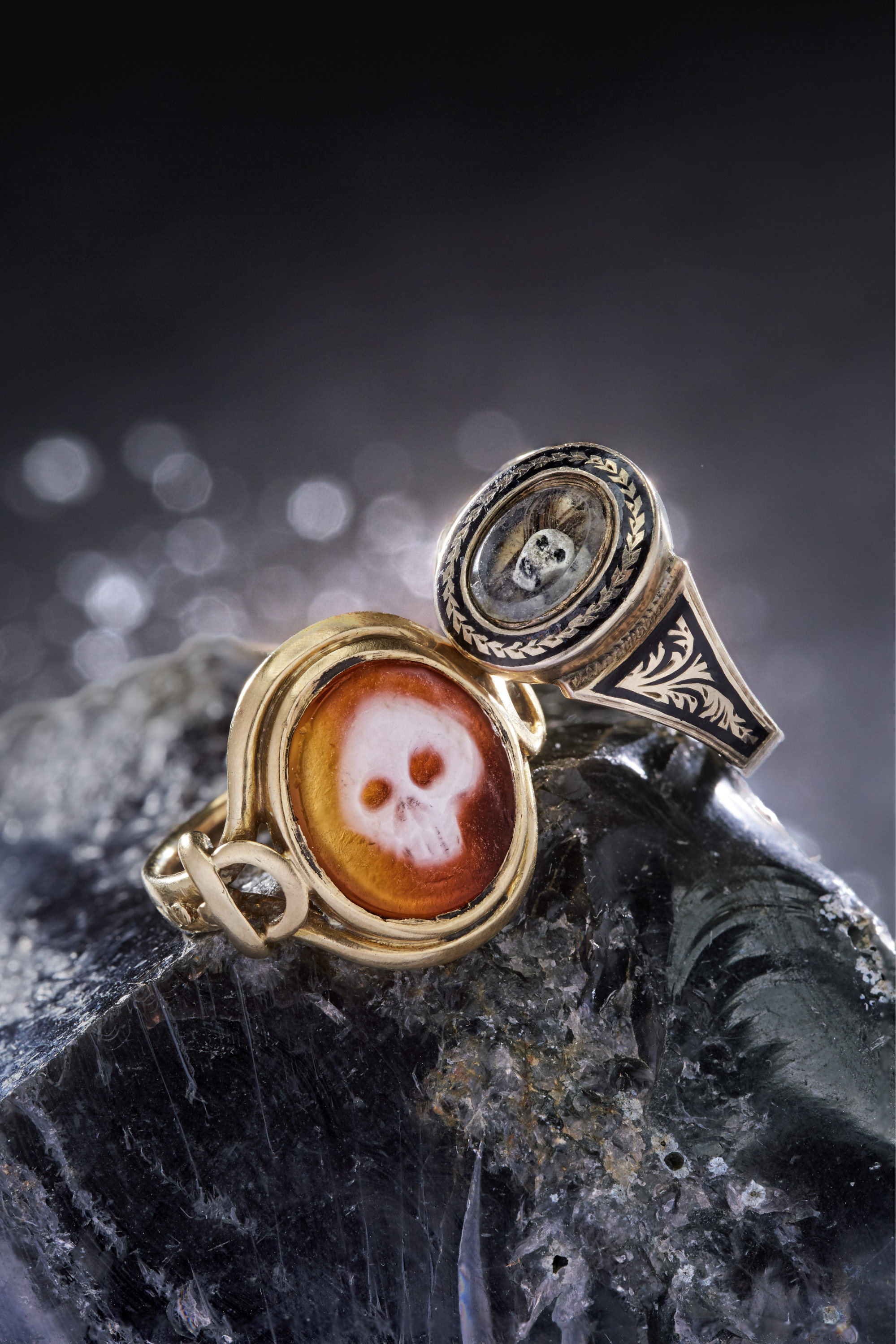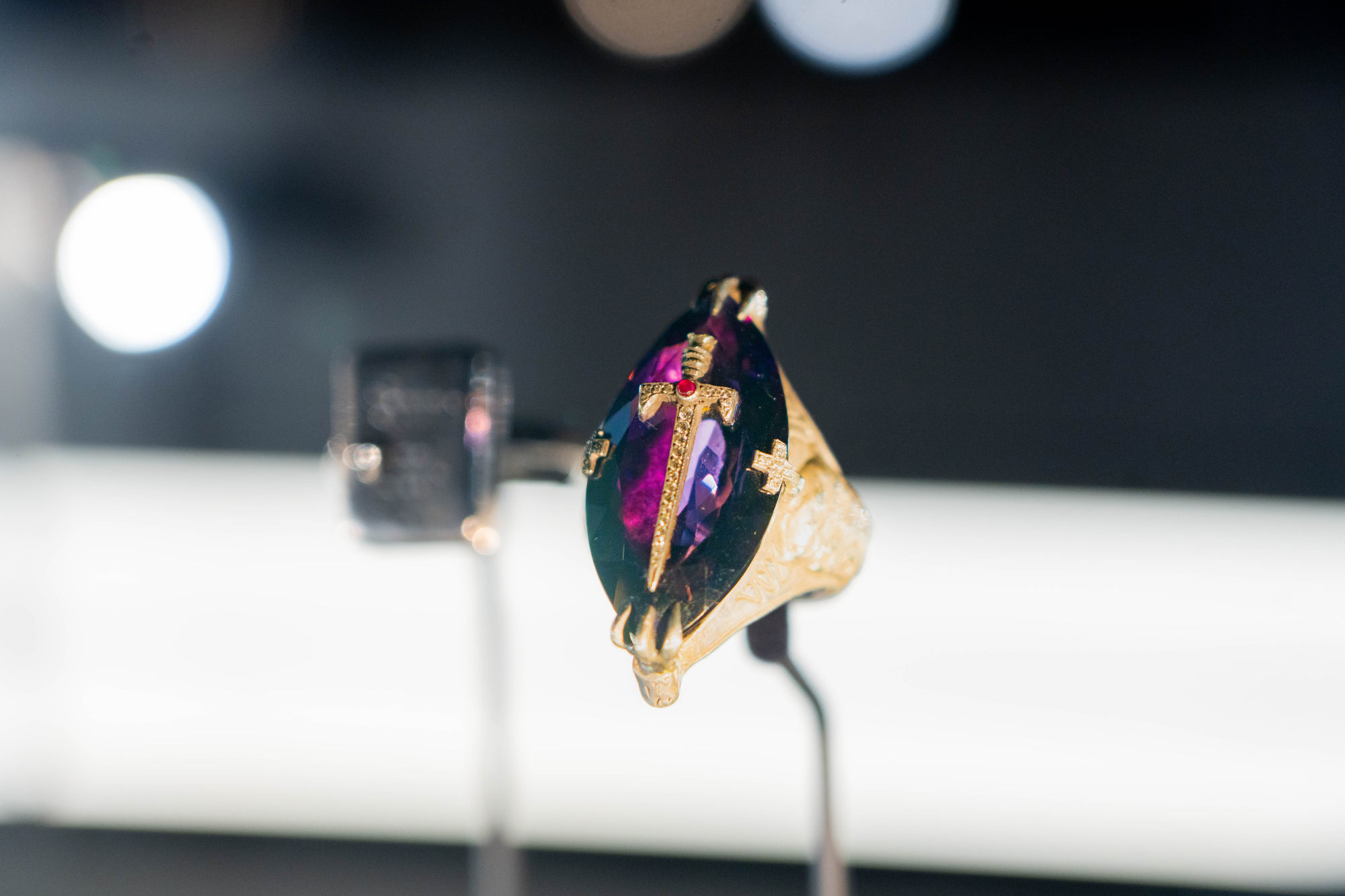
Men’s rings were worn for fashion, religion, fun – and each tells a story. One man collected 1,000 of them, and wore them in his daily life
- The late Yves Gastou, a French gallery owner and antique dealer, accumulated over 1,000 rings – each contained a story, he used to say – over his lifetime
- More than 300 of the rings, selected by his son Victor Gastou, are on show in the Men’s Rings, Yves Gastou Collection exhibition in Hong Kong
From functional to purely decorative, the purpose of jewellery has evolved in the course of history.
Men’s rings, in particular, were once symbols of status reserved only for the rich and the powerful; today, they can be tokens of remembrance or tools of self-expression for anyone.
Unlike earrings, necklaces and bracelets which can all be easily hidden with hair, collars and sleeves, each ring tells a story, whether you like it or not.

Perhaps that is why the late Yves Gastou, a French gallery owner and antiques dealer, accumulated over 1,000 rings in his lifetime.
Currently, more than 300 are on show in the “Men’s Rings, Yves Gastou Collection” exhibition at L’École Asia-Pacific in the K11 Musea shopping centre and exhibition space in Tsim Sha Tsui, Hong Kong, all of which were selected for exhibition by his son Victor Gastou.

“The main message of the collection, of course, is about general jewellery, rings and memories; but it’s also a story of patience, of somebody who collected one subject for 40 years,” Victor Gastou says of his father’s “modern-day cabinet of curiosities”.
He was guided in his selection by Yves’ personal favourites, desires and passion.
“My father used to say that each ring contained a story that resembled him as bits of his personality and parts of his multiple, complex identities. He had identified the rings as many small pieces of himself,” Victor Gastou says.
“The collection represents my father’s baroque side – he was very expressive, talkative and such a free spirit. [ …] There is also a humanist side to the collection, with both cheap and precious rings, as he loved all beautiful things equally.”


The rings are displayed according to five themes that represent different attributes of Yves Gastou, his love of collecting and who he was as a person.
A reference to the classics, “History” illustrates the beginning of every collector’s journey as they start to appreciate their subject. “Afterwards, your spirit evolves and your taste is made,” says Victor Gastou.
“Gothic” and “Christian Mystique” themes reflect Yves Gastou’s dive into ancient imagery that intrigued him, from knights and gargoyles to bishops’ rings and a crystal crown of thorns.

While not religious himself, Yves Gastou was fascinated by the extravagance of religious objects in olden times and how far people were willing to go for God.
Showing off his more rebellious side is “Vanitas”, a theme which covers imagery dealing with the subjects of life and death, often seen on rings worn by such people as pirates and bikers.

Last but not least, under the “Eclecticism” theme are gathered miscellaneous rings that piqued Yves Gastou’s curiosity. There is a 19th century musical ring that still works thanks to a mechanism activated by rotating a cog camouflaged by a flower, a small selection of Jewish wedding rings, and an African chief’s ring.
“It’s not a question of excellence; it’s a question of differences,” Victor Gastou says. “The rings that won over my father had to delight his eyes with their intense beauty, enlighten his mind with myriad functions and surprise him with eclecticism.”
Yves Gastou was a devoted collector of rings with which he found a personal connection. Despite the size of his collection, he wore these rings daily rather than keeping them hidden away. Victor Gastou feels the same way.


“There’s nothing sadder than putting a ring into a safe. It’s made to be worn, to be shown and shared as a small extension of yourself,” he says.
He adds: “Men’s jewellery is an amazing universe. I’m surprised that there is no high jewellery for men in the great [luxury] maisons.”
Men’s Rings, Yves Gastou Collection is on view at L’École Asia-Pacific, K11 Musea, until January 31

